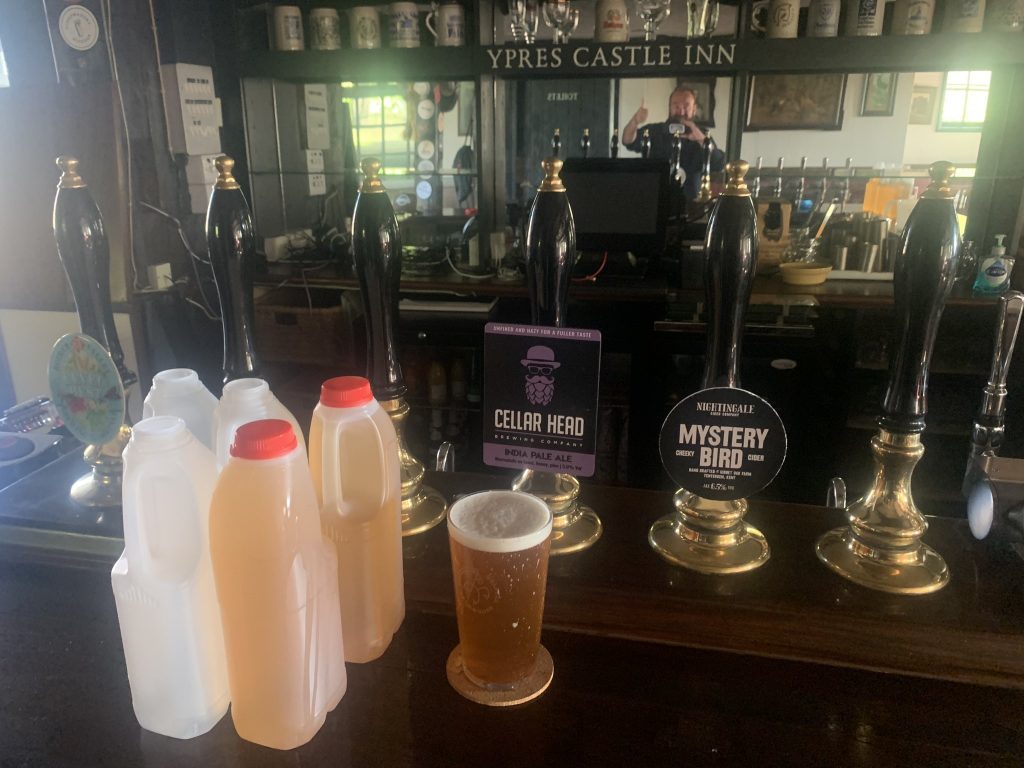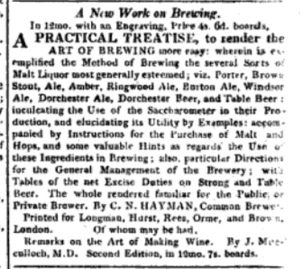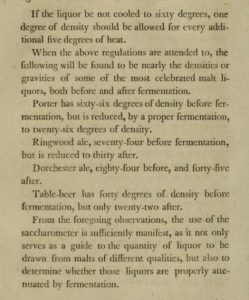Hello again. It’s been another week. We seem to have all hit some sort of peak with our experience of this pandemic, if only for this phase one. I sat in the yard last Saturday mainly by myself. Had a beer or two. Pretty grateful for that yard. Still, knowing it all sits heavy on the shoulders, it’s not a bad idea to seek out light entertainment and isn’t that what good beer is? In moderation? Or just as prescribed. It’s not easy. Emma Inch has had a personal essay on her particular challenges published in Original Gravity and it mirrors the experience of my few friends who are especially vulnerable. It is certainly not easy.
Now, a public service announcement. Alistair at Fuggled has declared a special edition of The Session is to be held this very Friday. The Session was one of the best ideas in beer blogging* that ran for over a decade. On the first Friday of the month everyone who was anyone had to write a post about the designated topic. Alistair has continued the concept:
In there is the genesis of the theme for the Quarantine Edition of the The Session, in these unprecedented times, what has become your new drinking normal? Are you drinking more? Less? Have you raided the cellar regularly? Is there a particular brewery whose beer is keeping you company while you are confined to barracks? Has there been a beer revelation in these times?
Write!
Brewery folk are having to redirect their attention, as described in a piece by Josh Noel for the Chicago Tribune. And in Atlanta in Georgia, Monday Night Brewing has released the results of its survey on intended return to the taproom with some fairly specific and graphically displayed results:
While taproom visitors have some trepidation about the immediate future, they are cautiously optimistic about medium-term. 61% of respondents expect their visitation frequency (vs. their reported frequency pre-COVID-19) to go back to normal within 3 months. Still–28% of respondents expect a decline in their brewery visit frequency lasting at least 3 months.
Not unrelatedly, The Tand himself has written a very interesting post on the question of what happens to the pubs when folk get wise that drinks at home are not shabby and no where near as expensive based on his own experience of this new world order:
I’ve enjoyed a different kind of beer o’clock. Around five in the evening E and me have had a beer or two in the sunshine in our garden. Not every evening, but certainly most if the sun is still shining. We have had to wear fleeces on the odd occasion and once, given the rather spiky wind that generally accompanies sunshine in the Grim North, we reinforced our outer apparel with blankets. We have remarked, like everyone else, about the perfect blue skies, the absence of vapour trails and aircraft and enjoyed the birds singing. Not so much though the whirring sound of wood pigeons, but you can’t have everything, can you?
As a bit of counter-measure (and when not wanting help in finding the best British lager), JJB joined the discussion on how pubs in England (he owns one) should deal with the question of pubco tenant rents:
…those getting the grants should indeed apply them toward rent, as the government intended, but pubco should forgive any shortfall if the rent is too high or the closure protracted.
Others are finding that there are things to do in a pub if you live in it:
Dom, 29, said: ‘I moved in just a couple of months before lockdown which has worked out well, considering.’ He is the assistant manager at the pub after starting there as a barman and has been passing the time with Steve, 39, by playing improvised crazy golf inside. They place chess and cook barbecues on the roof when the weather is nice and have been enjoying the fresh beer on tap with no customers to serve.
When will the pub return? Cookie himself says in England it might happen in steps – but is that fair to the little loved places?
A staggered pub opening strategy could see large chain pubs with app ordering and table service and capacity for social distance open first as a trial an then traditional pubs open around xmas and micropubs by summer 2021.
Future forecasting done. For this week’s look at somewhat recent history, the blogwerk** at Seeing the Lizards continues with this installment on the Dutch lager of the 1980’s Oranjeboom 8.5:
Belying it’s current reputation a black-tinned cornershop-stocked super-strength filth, Oranjeboom pilsner was once quite popular in the UK, and was promoted with ads such as this, rammed full of all the Dutch stereotypes the copywriters could think of.
In other history notes, Martyn has been tweeting about gruesome deaths in breweries of yore, a crushing and a boiling so far.
And in very very recent history, Pellicle has published a piece by Will Hawkes on a trip to a hop farm in Kent in 2019… which all seems like a dream to me now:
It’s the end of July, the start of a key period in the Kentish hop-growing calendar. August is when the volume of the harvest is decided: plenty of sun and rain, and all will be well. But rain, like sunshine, cannot be conjured or cajoled. In 2018, during the UK’s hottest summer on record, just 15 millimetres came in August, and the harvest suffered. The year before there was 95mm and it produced the best yield that Haffenden Farm, Hukins’ family plot, has seen in 100 years.
This twitter thread promises an academic dissection of the imagery on a can of sorta Chicago‘s Old Style beer. But it is exceedingly silly.
Escaping the Covid-Blase** Beth Demmon has shared a wonderful portrait of one of the world’s most accomplished beer judges – and in doing so has explained a fair bit about what being one of the world’s most accomplished beer judges means:
Cockerham took her first exam in March 2007 and steadily moved up the hierarchy. In 2012, the same year she achieved Master level, she also became an official mead judge. She reached Grand Master in 2014 and has moved one level higher each year since. And last year, she reached her current level of Grand Master VI. She also became a certified cider judge in April 2019 and is currently the Midwest region representative and assistant exam director with Gail Milburn, whom she laughingly calls her “best beer friend, my BBFF.”
See, that is way better an explanation that the “I went to a fest in [pick a country] and saw all my pals… and we got into it… and it was fun… and some of us made the judging session” sort of tale we see more often.
The Beer Nut himself reached his fifteenth anniversary as a beer blogger this week and celebrated with a beer from Ontario:
Like an increasing number of people, this blog is spending its birthday in lockdown. Happy 15th oulfella. To mark the occasion I have retrieved something from the cellar that, honestly, I meant to drink a while ago and now seems the perfect excuse. I bought this bottle of The Exchange Δ Spontaneous Ale when I was at the brewery in Niagara on the Lake in 2018. It came lauded by local expert David Sun Lee, with a recommendation that it be let sit for a year before opening. Well, it got that, and a bit more.
And finally this week, at Boak and Bailey, Jess herself shared a review of Mûre Tilquin, a lambic with 260g blackberries per litre and it turns out she is a bit of a fan of the fruit:
I have Strong Opinions about them, too. For example, I strongly believe that urban blackberries are better than rural ones and that the best of all come from Walthamstow Marshes; should have Protected Designation of Origin status; and ought to be the subject of lengthy essays about terroir.
I like that. very pro-blackberry. Fight! And keep writing and keep reading. Check in with Boak and Bailey most Saturdays, plus more at the OCBG Podcast on Tuesdays and sometimes on a Friday posts at The Fizz as well. And sign up for Katie’s weekly newsletter, too. Plus the venerable Full Pint podcast. And Fermentation Radio with Emma Inch. There’s the AfroBeerChick podcast as well! And have a look at Brewsround‘s take on the beer writing of the week. Thanks for stopping by.
**Name twelve!!!
**Not an actual German word.





 In an
In an 


